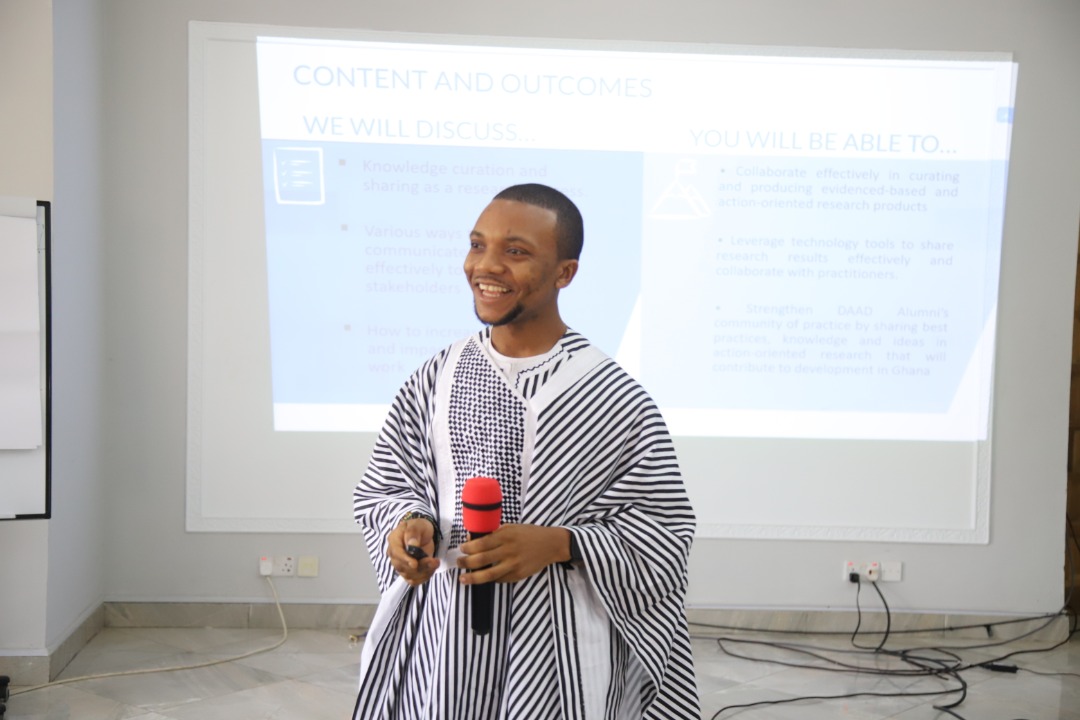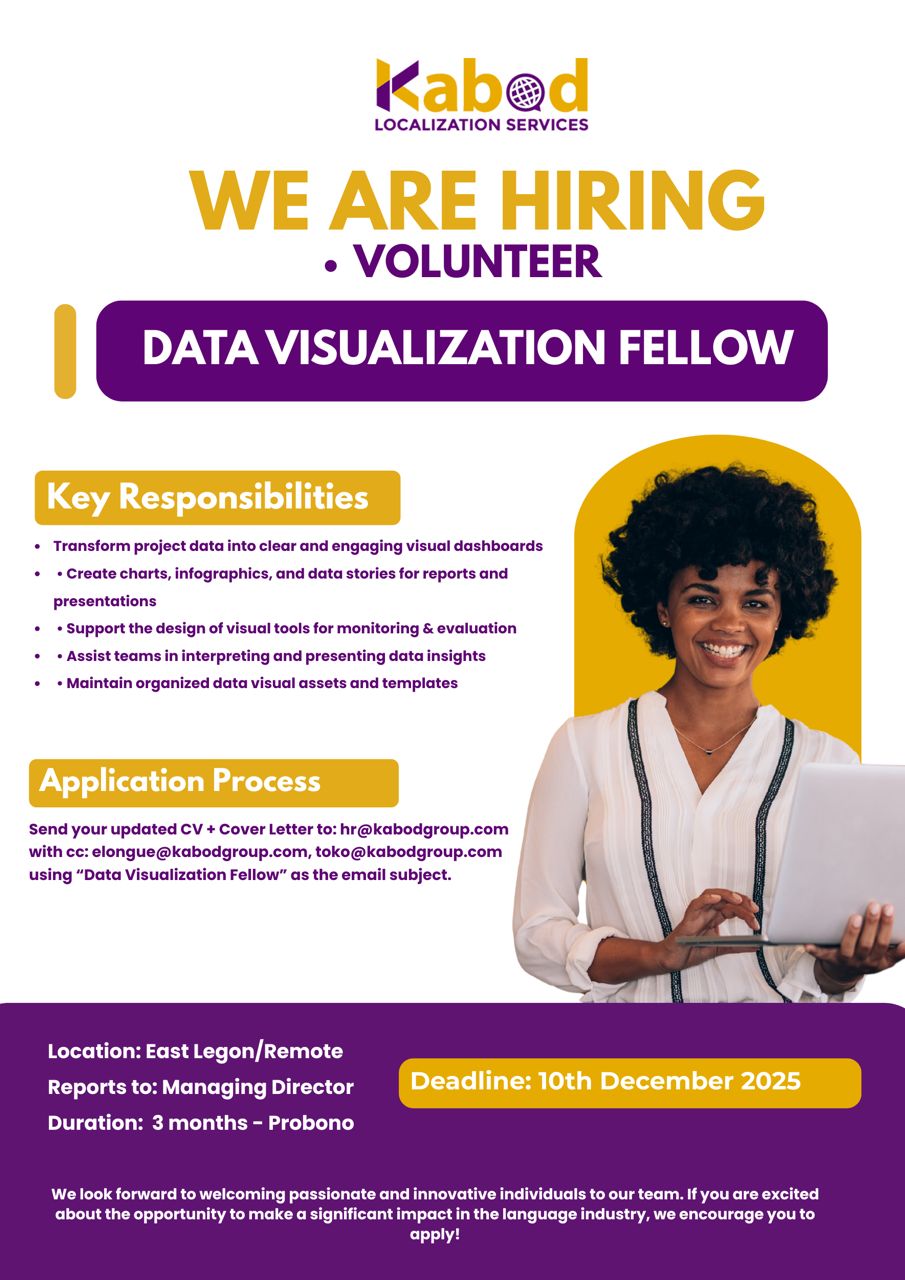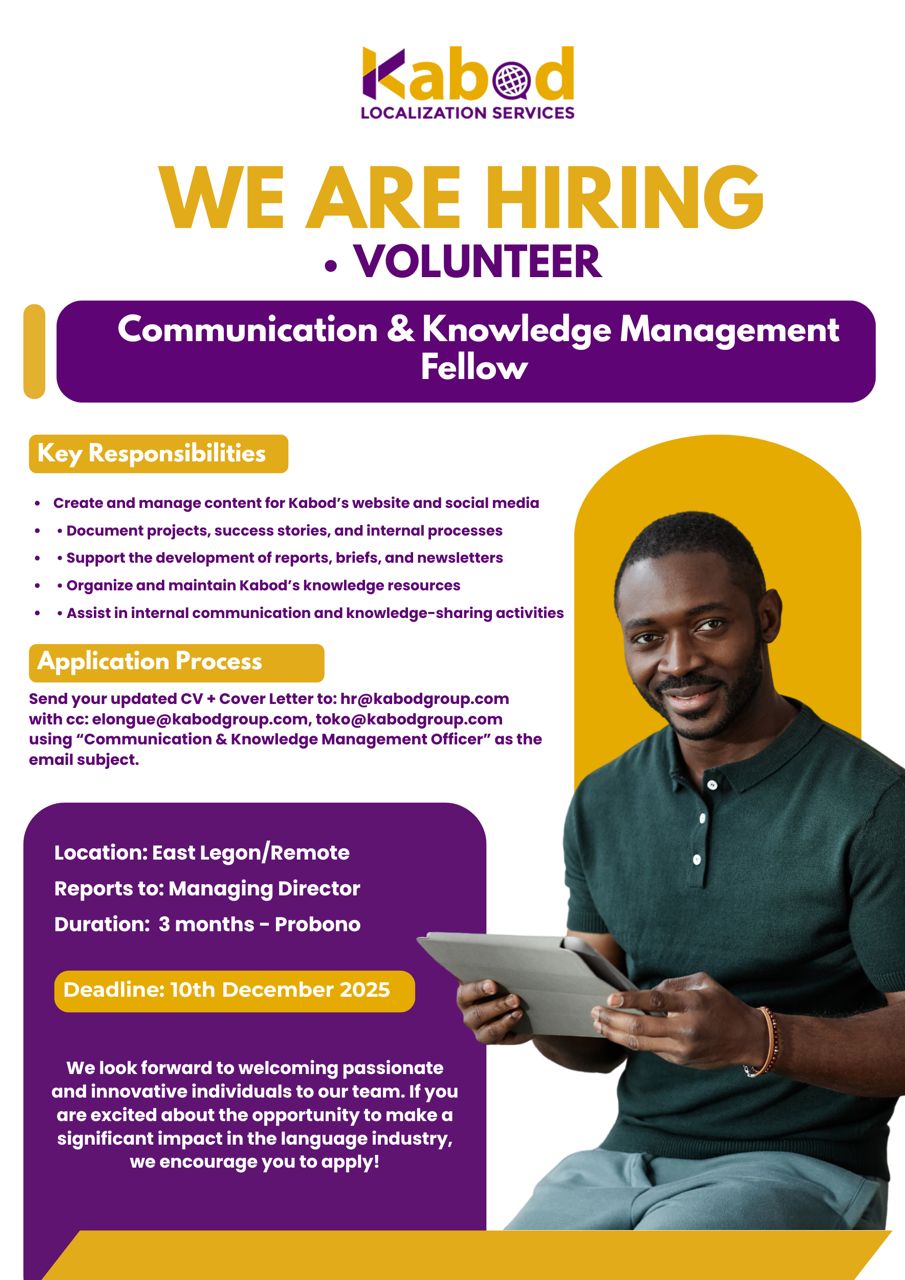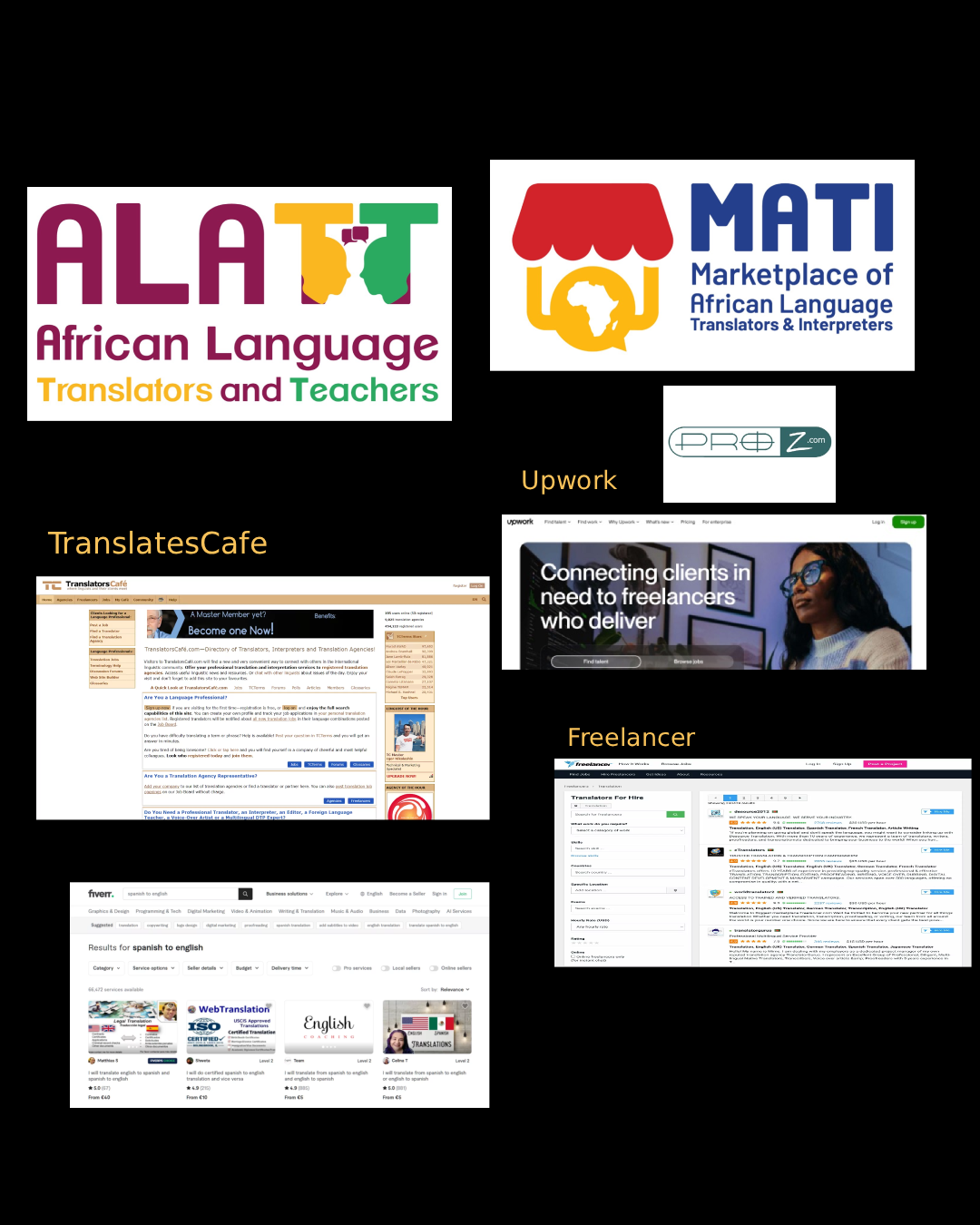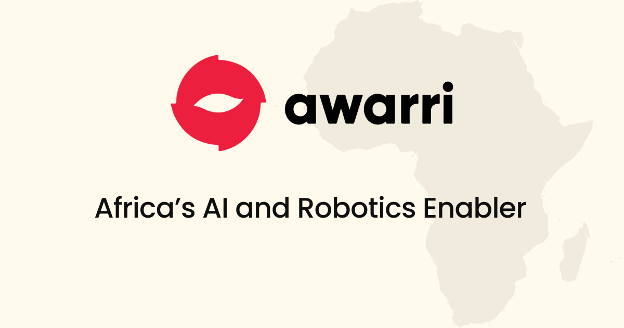How DAAD Scholars can bridge the gap between theory and practice
Over the years, DAAD Alumni have organized a series of activities and events that are centered on expanding their global network and addressing key issues relating to development and innovation. One of these issues was on bridging the gap between theory and practice. A two-day workshop was organized to this effect, between 27th and 30th January 2022, bringing together 33 DAAD Alumni who convened at the Hephzibah Christian Center in the mountains of Aburi-Ghana. Funded by the German Academic Exchange Service, the event was organized by Nancy Kankam Kusi of the West Africa Civil Society Institute (WACSI).
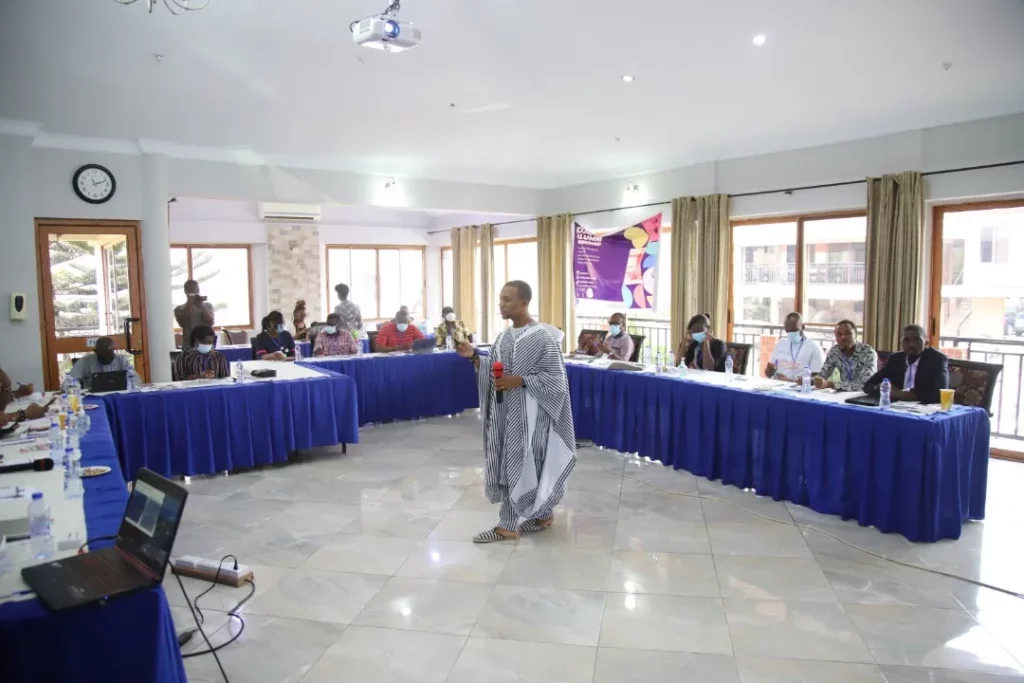
With all the research being carried out by African scholars and researchers, their findings seem to barely reach the right stakeholders involved. Why is the impact of research not felt considering the number of projects being carried out by these researchers? These and many other questions keep taunting the minds of most researchers and scholars. The disconnect between academia and industry is worrying.
Day 1 focused on raising awareness and appreciation of the relevance of research to development actors. It was with no doubt that participants were cognizant of the fact that there was a disconnect between theory and practice; and the issue needed to be tackled. Taking into consideration all these, what needs to be done? Bridge the gap. How then can this gap be bridged? With this question in mind, the pace was set for the presenter Christian Elongue, Managing Partner of Christian Elongue Consulting (CEC). His topic of discussion focused on Curating and sharing knowledge resources – Identifying and reaching the right audience.
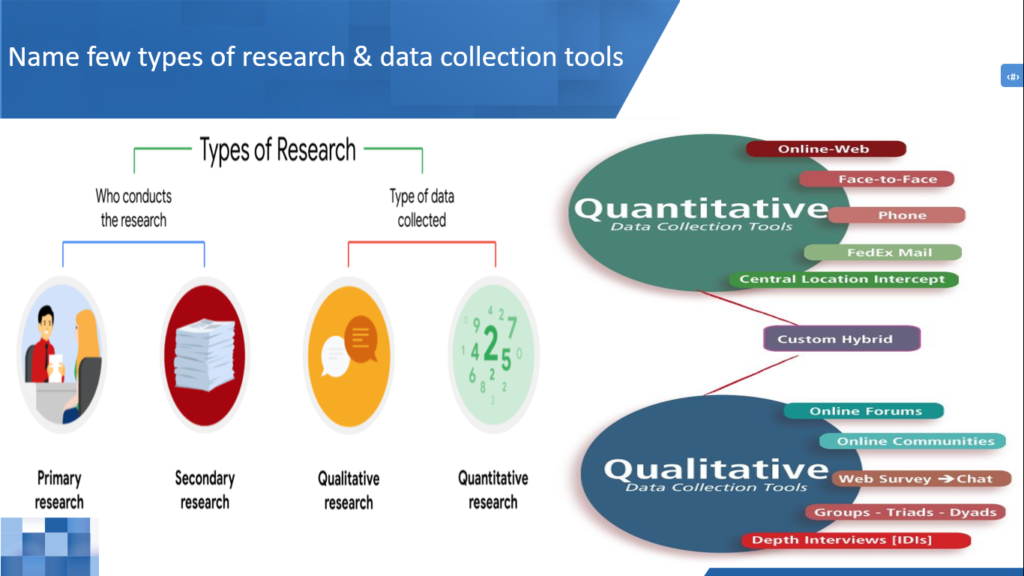
He outlined the end goals of research as the advancement of knowledge, a solution to a problem, to increase understanding, facilitate learning, and decision making. He asked participants to indicate the main type of research they engage in and the different tools they used. The most common included Google Scholar, acdemia.edu, and Research Gate. Six of the participants acknowledged using Google Alert.
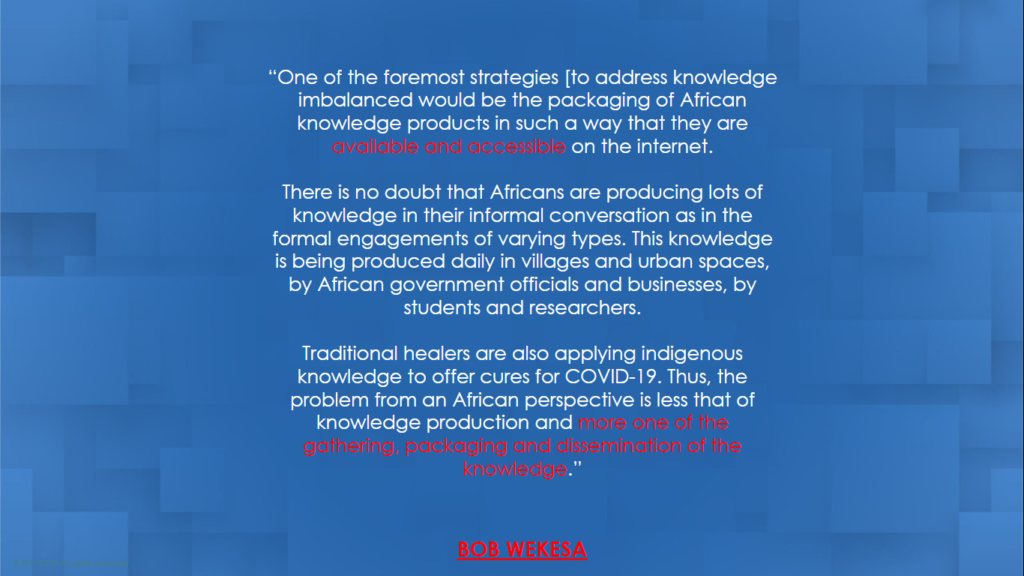
Depending on the fields researchers specialize in, the research tools will vary. He encouraged participants to take time to assess the current tools they were using to ensure that they were effective.
The choice of where we put knowledge products ultimately affects its accessibility. Using the 3S approach (Seek, Sense, and Share) he explained the technique for knowledge curation.
Participants indicated their worry about the methodological requirements governing writing. He indicated the importance of challenging the norms on the production of knowledge. In his closing remarks, the major take-away points for participants were to:
- Assess their research practices and the effectiveness of the tools they are using to identify strengths and weaknesses.
- Take out time to properly package (diversify) the information they want to communicate, according to the needs of key stakeholders.
- Build strategic and intentional partnerships/connections with media professionals and institutions so they could widely disseminate research results from academia in a comprehensible language format for society.
Day 2 focused on Research Dissemination Strategies and Tools. Here, the facilitator Christian Elongué provided participants with practical tools to increase their brand and professional visibility together with the impact of their publications. He began by asking participants to list the common tools they used. Slide Share, Instagram, Tik Tok, Telegram, Facebook, Research Gate, and Academia.edu seemed to be some of their favorite tools.
He provided participants with some tips and strategies to promote their papers online, emphasizing what they could do differently to target a wider audience. These included making short, interesting videos, pictures and using infographics.
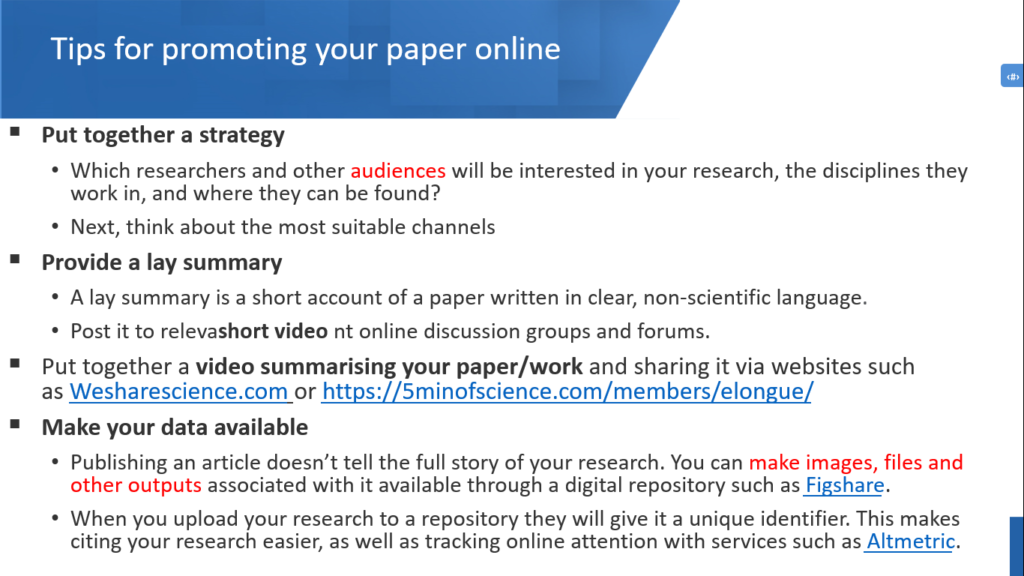
He then dived into educating them on how to build a personal audience, its importance, and the ‘Do’s and Don’ts’ when communicating research to the public.
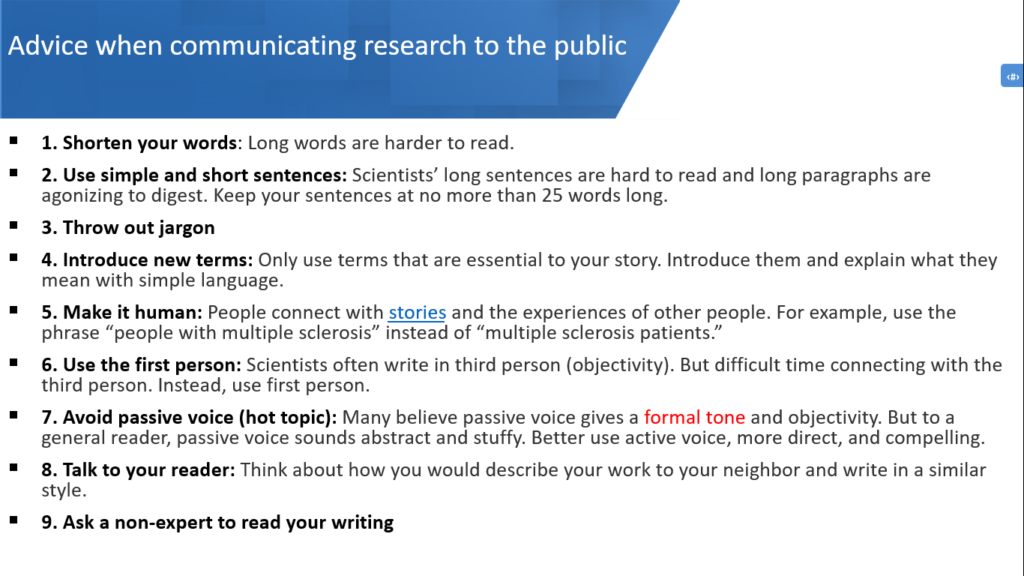
He finalized the session by educating participants on what communication tools and skills were most effective in creating impact. He presented participants with various area-specific tools such as plagiarism checkers, project management and collaboration, knowledge management, and research tools and how they could be used.
“Information without application cannot lead to transformation“
Find below the link to the slide share PowerPoint:
